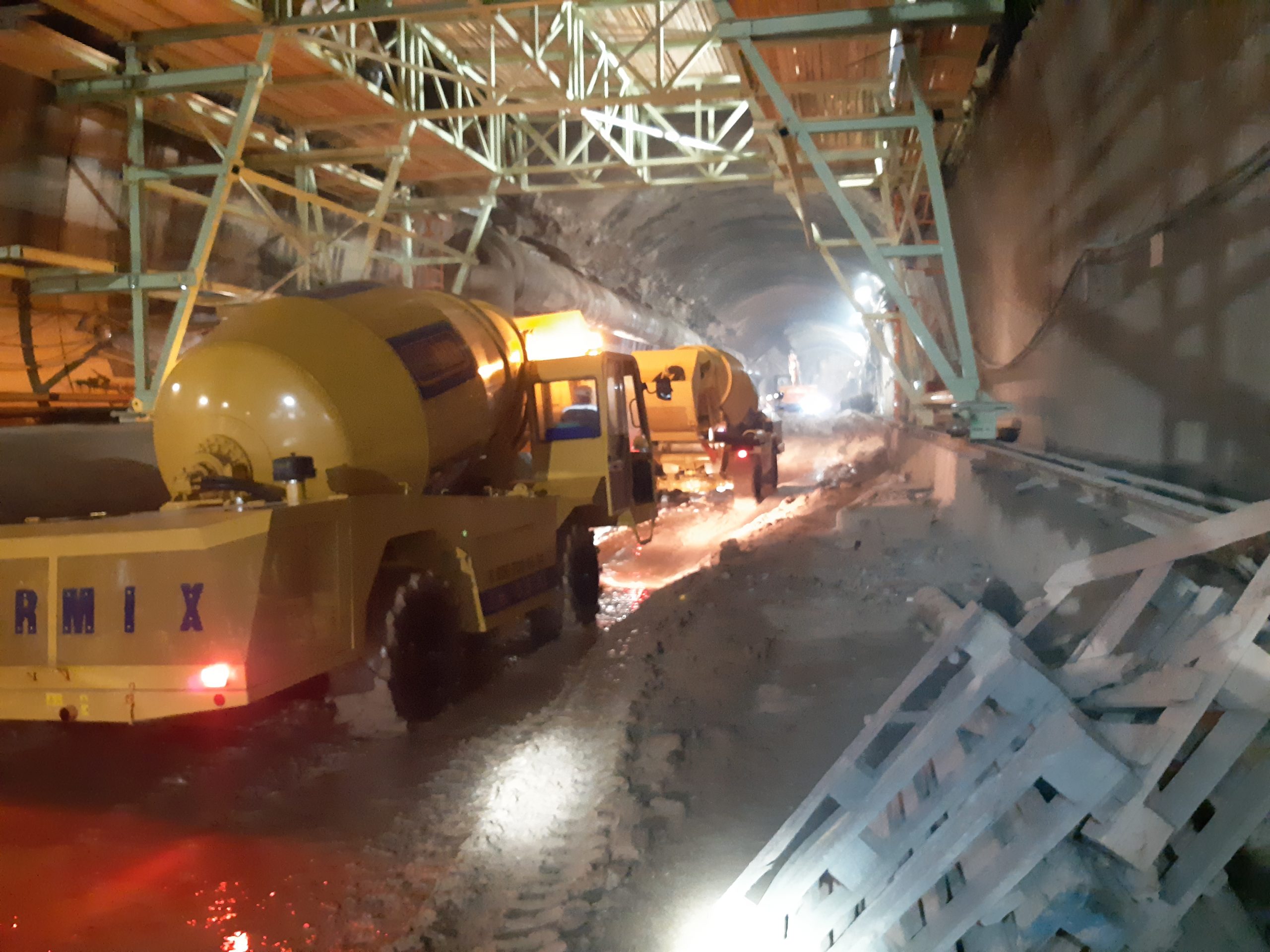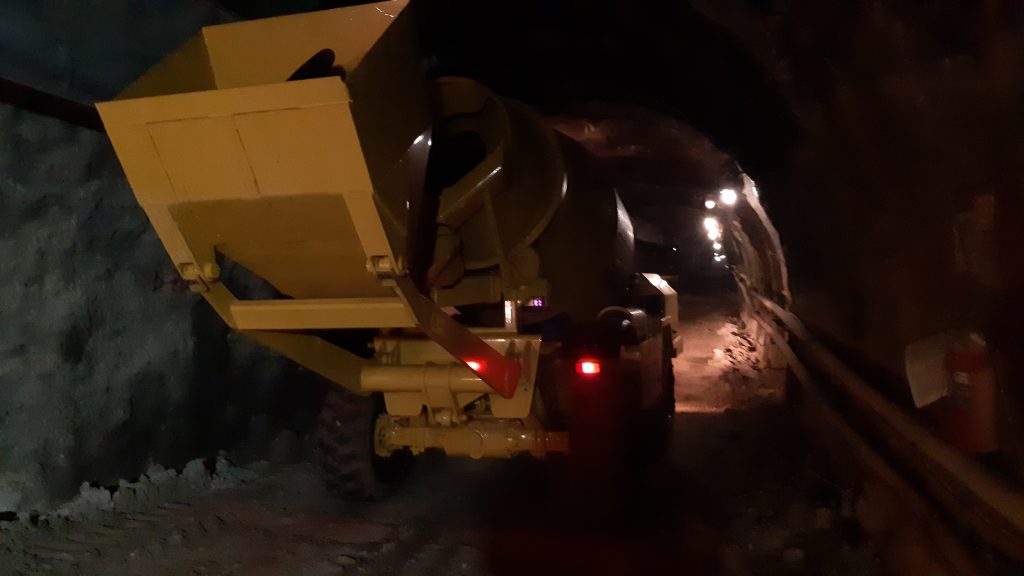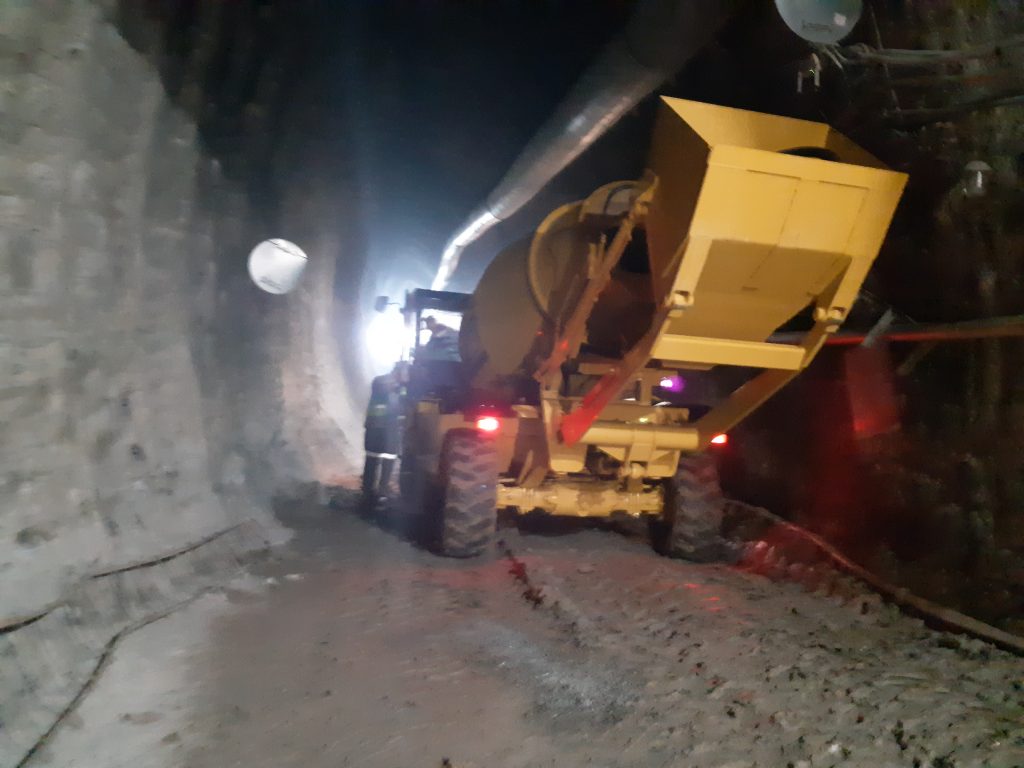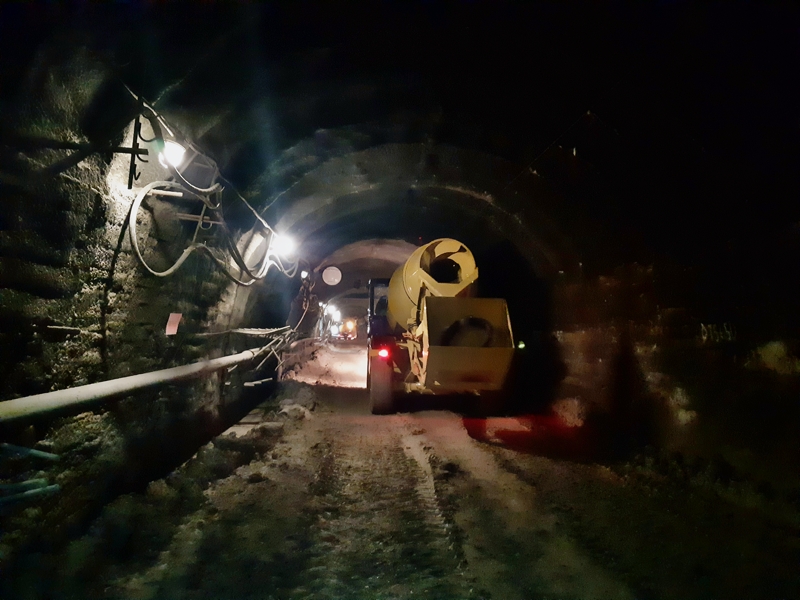Carmix for tunnels, subway or any underground construction
Indeed, underground construction projects have been a significant part of the construction industry worldwide, and the United States is no exception. With its vast infrastructure and urban areas, the USA has seen several major underground construction projects completed over the years.
One of the most significant underground construction projects in the USA is the New York City Subway. The subway system comprises over 800 miles of underground tracks, connecting all five boroughs of the city. It is one of the oldest and most extensive underground transit systems in the world, with construction starting in 1900.
Another notable underground construction project in the USA is the Central Artery/Tunnel Project, commonly known as the “Big Dig,” in Boston, Massachusetts. This project involved the construction of a 3.5-mile underground highway tunnel, which was the most extensive underground highway in the world when it was completed in 2007.
The USA has also seen several significant mining projects, such as the Kennecott Copper Mine in Utah, which is the largest man-made excavation in the world. The mine, which has been in operation since 1906, has produced over 19 million tons of copper, making it one of the most significant copper mines in the world.
In addition to transportation and mining projects, the USA has also seen several underground construction projects in the utilities sector, such as the Water Tunnel No. 3 in New York City. The tunnel is the largest capital construction project in the history of New York City’s water supply system, and it provides over 1 billion gallons of water per day to the city’s residents.
As the USA continues to develop and expand, the need for underground construction projects will only increase. There are several reasons why underground construction is becoming increasingly important in the USA and other parts of the world.
One of the main reasons is the need to maximize available space in urban areas. As cities become more crowded, there is a growing demand for underground parking garages, utility tunnels, and other subsurface structures. Underground construction allows for the efficient use of limited space and can help alleviate congestion on the surface.
Another reason for the growing importance of underground construction is the need to improve transportation infrastructure. As highways and other transportation systems become more congested, there is a need for new and innovative ways to move people and goods. Tunnels and other underground structures can provide a safe, efficient, and environmentally-friendly alternative to traditional transportation systems.
The USA is also seeing increased investment in underground infrastructure to address issues related to climate change. For example, the construction of underground stormwater management systems can help prevent flooding in areas prone to heavy rainfall. Underground infrastructure can also help mitigate the effects of extreme heat by providing a cool and shaded environment.
Moreover, underground construction is becoming increasingly important in the energy sector. As renewable energy sources such as solar and wind become more prevalent, there is a growing need for underground storage systems to store excess energy for use during periods of high demand.
The need for underground construction projects in the USA and other parts of the world is only going to increase in the coming years. From transportation infrastructure to climate change mitigation, underground construction has a crucial role to play in shaping the future of our cities and our planet.
Underground construction projects are those that involve the excavation and construction of structures and facilities below the ground level. These projects can vary in scope and complexity, and they are typically categorized into the following types:

Tunnels: Tunnels are underground structures that provide a passageway for vehicles, pedestrians, and utilities. They are typically used for transportation purposes, such as roads, rail lines, and subways, but they can also serve as conduits for water, sewage, and communication cables.
Mines: Mines are underground facilities that are used for extracting minerals and resources from the earth. They can be either open-pit or underground, depending on the type of resource being extracted and the geological conditions of the area.
Caverns: Caverns are large underground chambers that are created through natural or man-made processes. They can be used for a variety of purposes, such as storage, shelter, and recreation.
Bunkers: Bunkers are underground structures that are designed to provide protection against natural disasters, nuclear attacks, and other emergencies. They can be either public or private, and they are typically equipped with supplies and amenities to support occupants for an extended period of time.
Subsurface structures: Subsurface structures include underground parking garages, basements, and utility tunnels. They are typically constructed in densely populated urban areas, where above-ground space is limited.
One of the examples of the interest and investments in this field would be The Boring Company which is a tunnel construction company founded by Elon Musk, the CEO of Tesla and SpaceX. The company’s goal is to reduce traffic congestion in major cities by building a network of underground tunnels for transportation. The company has completed several projects and has several more in development.
The Boring Company’s first project was a test tunnel, which was built underneath SpaceX’s headquarters in Hawthorne, California. The tunnel is a proof of concept for the company’s tunneling technology, which is designed to be faster and more efficient than traditional tunneling methods. The test tunnel is only 1.14 miles long and is not open to the public.
The company’s second project was the Las Vegas Convention Center Loop, which is a 1.7-mile tunnel that connects the convention center to nearby hotels and attractions. The tunnel is designed to transport passengers in autonomous electric vehicles, known as Tesla Model X and Model 3, at speeds of up to 155 mph.
In addition to the Las Vegas project, The Boring Company has several other tunneling projects in development. One of the most ambitious projects is a high-speed underground transportation system known as the Hyperloop. The Hyperloop is a proposed mode of transportation that would transport passengers and cargo at high speeds through a network of tunnels. The Boring Company is working on developing the technology and infrastructure needed to make the Hyperloop a reality.
The Boring Company has also proposed several other tunneling projects, including a tunnel that would connect downtown Chicago to O’Hare International Airport, a tunnel system for Los Angeles, and a proposed tunnel from New York City to Washington D.C.
Concrete is a vital component in most underground construction projects, and delivering it to tight underground spaces can be a major challenge. This is where Carmix can be an excellent solution.
Carmix is a self-loading mobile concrete mixer that can produce high-quality concrete on-site, eliminating the need for traditional concrete delivery methods. The machine is designed to be compact and maneuverable, making it ideal for use in tight underground spaces.
One of the key advantages of Carmix is its ability to produce concrete on demand. The machine is equipped with a mixing drum that can produce up to 4,5 cubic yards of concrete per batch. This means that construction crews can have a steady supply of fresh concrete on-site, reducing the need for off-site delivery and minimizing the risk of delays due to concrete quality issues.


Another advantage of Carmix is its versatility. The machine can produce a wide range of concrete mixes, including high-strength concrete, lightweight concrete, and self-compacting concrete. This makes it ideal for use in a variety of underground construction projects, from tunneling to utility installations.
Carmix is also designed with safety in mind. The machine is equipped with a state-of-the-art cab that provides excellent visibility and control, making it easy for operators to maneuver the machine in tight spaces. The self-loading feature of the machine also eliminates the need for manual handling of concrete, reducing the risk of workplace injuries.


One of the most crucial factors in underground construction is the height of the equipment. With Carmix being just 10,4 feet high (compared to a regular concrete mixer being around 14 ft high), it has no problem driving in and out of the tunnels and delivering concrete to the exact location it is needed. Keeping in mind that tunnels can extend many miles long, sometimes Carmix becomes the only solution to deliver concrete to the pouring area at later stages of the construction process.
Talk to our experts to see how you can use Carmix at your underground construction project! With years of experience in most challenging projects, our specialists can not only assist you in technical aspects of the self loading mobile concrete mixers, but more importantly help you with the most efficient setup of the concrete production site and methods of maximizing the output of Carmix.

